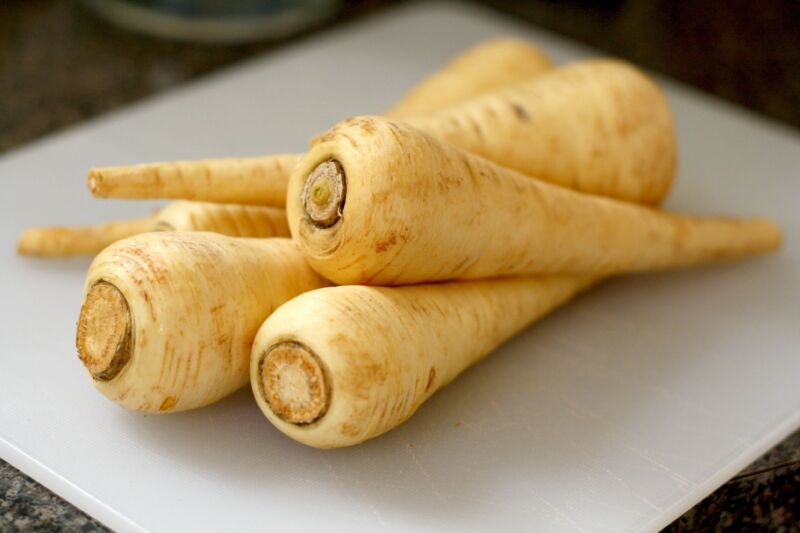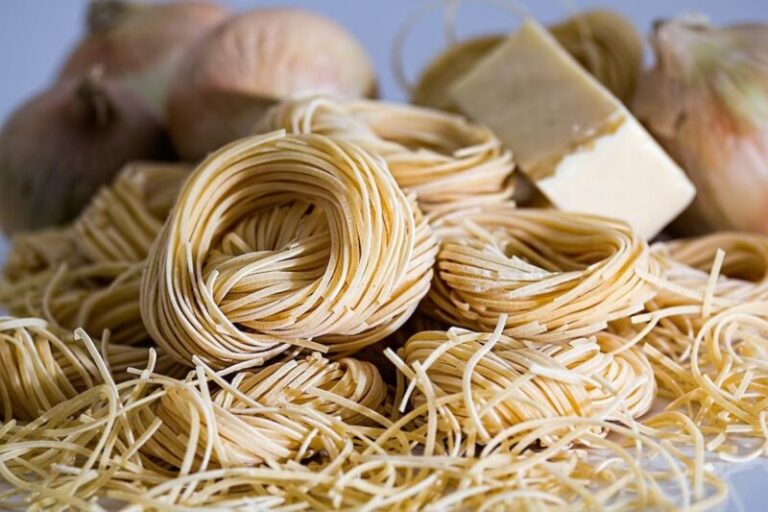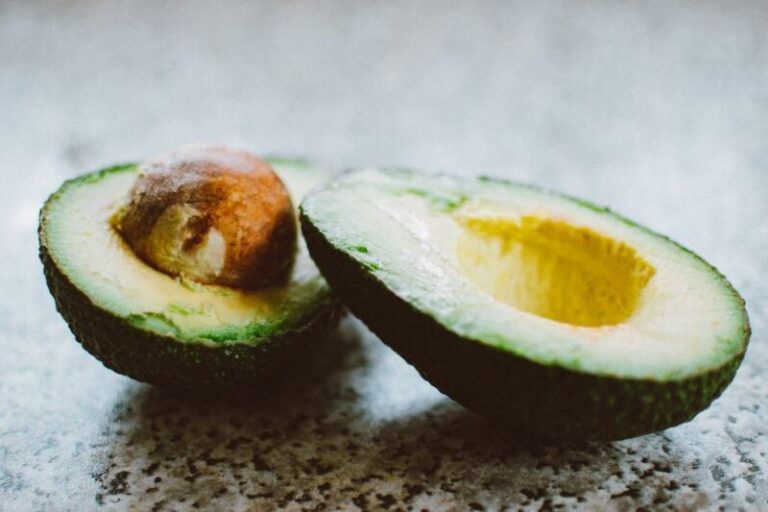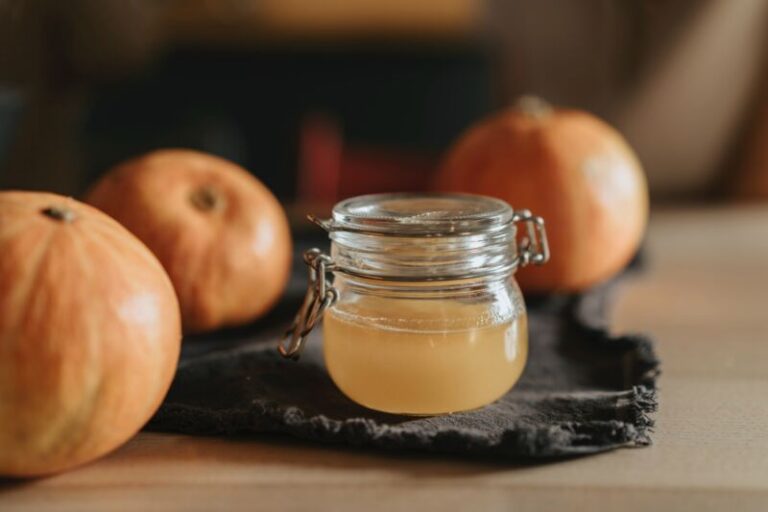The 5 Best Substitutes for Parsnips
As a home cook who loves experimenting with new recipes, I often find myself digging through the fridge or pantry for a specific ingredient, only to come up empty-handed. This frequently happens when I’m craving a hearty stew or soup loaded with parsnips. While parsnips have a uniquely sweet and earthy flavor, there are several solid vegetable alternatives that can fill their role when you don’t have any on hand.
What Are Parsnips Exactly?
Before diving into the best stand-ins, let’s first look at what exactly parsnips are and why they’re often sought after. Parsnips are a root vegetable closely related to carrots and belong to the same plant family Apiaceae. They likely originated in Eurasia and have been cultivated since ancient Roman times when they were highly prized for their large, edible cream-colored taproot.
Early European settlers brought parsnips to North America in the 17th century where they were a popular staple vegetable, especially in British and Irish cuisine. To this day, parsnips remain an essential component of the traditional Sunday roast dinner in the UK.
At first glance, the parsnip resembles a white carrot in appearance and texture. However, its flavor is uniquely sweet with hints of bitterness and earthiness. When cooked, parsnips develop a starchy, nutty taste. This versatile veggie can be roasted, mashed, pureed into soups, or eaten raw when fresh.
Why You Need a Backup Plan
While parsnips have a devoted fanbase, their availability is sporadic, especially outside of their peak fall and winter harvest season. Their relative obscurity also means many standard grocery stores don’t consistently carry fresh parsnips.
When a recipe calls for parsnips and you find yourself without them, the key is having a backup plan using vegetables with a similar flavor profile. The ideal stand-in will mimic both the sweetness and starchiness of a parsnip. Thankfully, there are a handful of readily available swaps to save your recipe.
5 Best Substitutes for Parsnips
1. Turnips
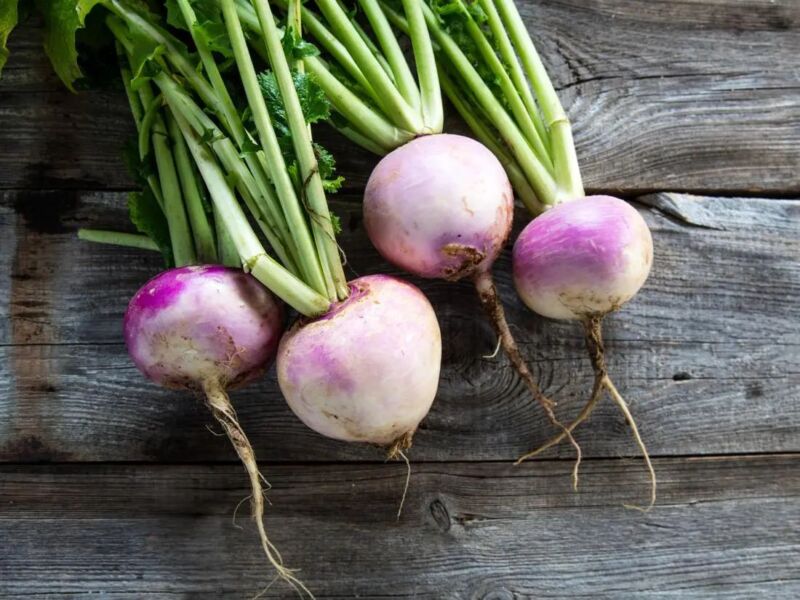
My top choice for replacing parsnips is the classic turnip. They share a comparable sweet and earthy flavor when cooked. Turnips also become wonderfully tender and buttery, while still retaining a bit of texture like parsnips.
For soups and stews, cubed turnips can be switched in at a 1:1 ratio with no need to alter cooking times. For oven roasting, you may want to season turnips with a touch more brown sugar or maple syrup since they contain slightly less natural sugars compared to parsnips. I recommend selecting smaller, younger turnips which tend to be sweeter and avoid a bitter taste.
2. Radishes
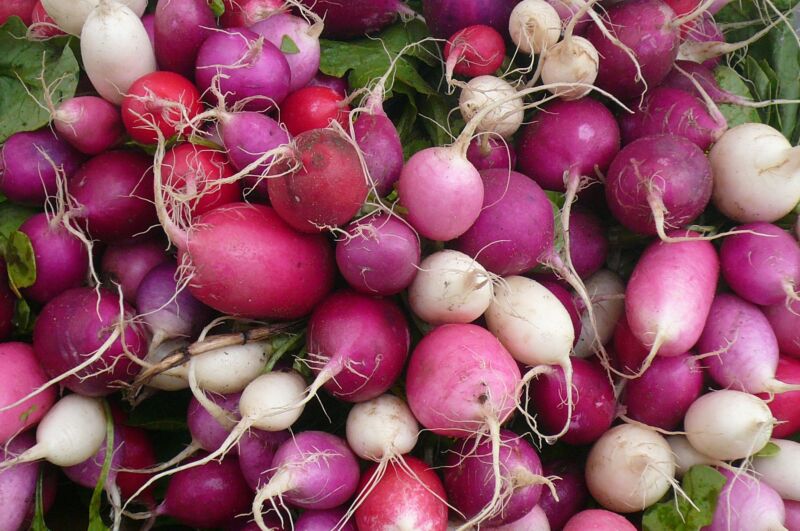
While not an obvious choice at first, common radishes nicely stand in for parsnips in terms of taste and texture. When cooked, radishes lose their sharp peppery bite, turning deliciously mild and sweet. Their crunchy snap also mimics a just-tender parsnip.
For the best results, I suggest sautéing sliced radishes over medium-high heat until lightly browned. This extra step helps concentrate their natural sugars and mellows their flavor. Be sure to adjust any seasonings in the recipe to sufficiently compensate for radishes’ lower sugar content compared to parsnips.
3. Celery Root
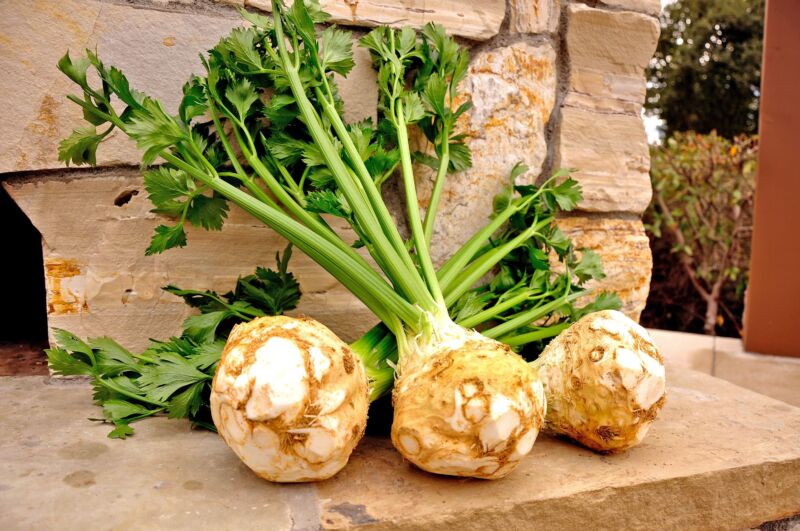
Also known as celeriac, celery root is a fantastic substitute for parsnips, offering fatty nuttiness reminiscent of this root veggie. Don’t be put off by celery root’s knobby, hairy exterior – the inside rewards you with a subtle, cleansing flavor.
When swapping in celery root, take into account its slightly more bitter, vegetal taste versus parsnips. Balance it out with extra sweetness from maple syrup, honey, or brown sugar. Since celery root contains less moisture, you may need to increase the cooking time by 5-10 minutes to achieve the ideal softened texture. It’s excellent braised, roasted, or pureed into parsnip soups and stews.
4. Carrots
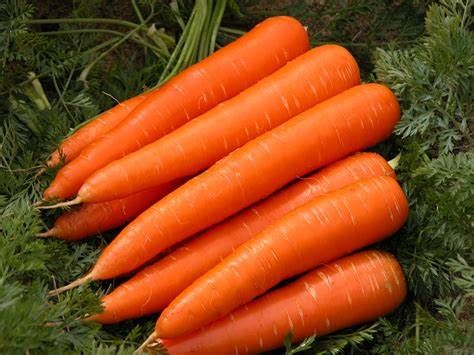
Trusty carrots are likely already in your fridge crisper, making them a convenient fallback. They mimic the cream color and firm bite of raw parsnips. Carrots tend to be sweeter versus parsnips, but their earthiness is milder.
For the best results when cooking, peel carrots and cut them into large matchsticks to mirror the size and texture of chopped parsnips. The cooking time should be nearly identical. For extra flavor complexity, use a mix of carrot varieties like purple, yellow and orange. Adjust seasonings to taste to balance the greater sweetness of carrots.
5. Sweet Potatoes
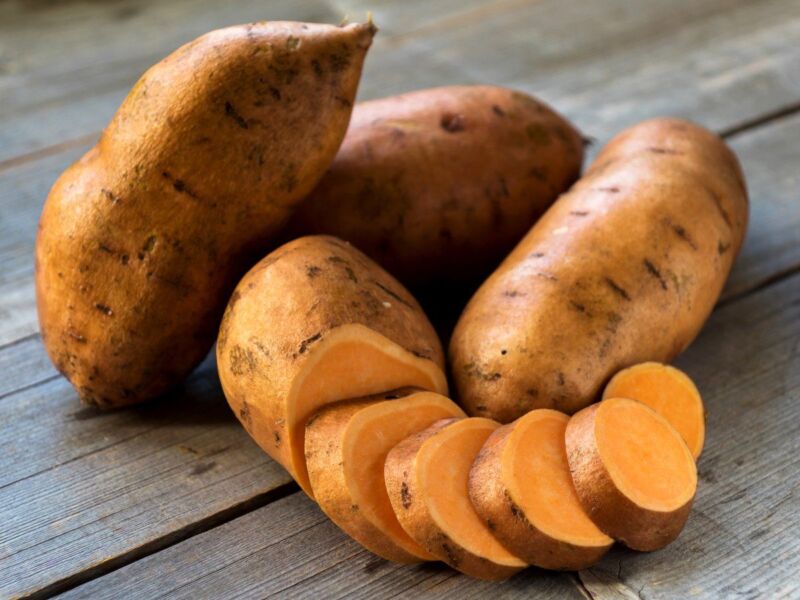
Lastly, don’t overlook humble sweet potatoes as a tasty parsnip stand-in. Their natural sugars nicely replicate the sweetness, while their starchiness mirrors the soft, creamy texture when properly cooked.
Choose sweet potatoes with darker orange or reddish-brown skin, which tend to be less sweet and closer in flavor to parsnips. As a substitution, cube the sweet potato to the size indicated in the recipe for uniform cooking. Adjust any seasonings to complement the sweet potato’s character.
Tips for Cooking With Parsnip Replacements
When using any of these vegetable alternatives, keep these tips in mind:
- Sample a small piece of the raw substitute to taste its flavor and sweetness. This allows you to better season the dish.
- Add more butter or olive oil to mimic parsnips’ richness.
- Slowly simmer or roast the replacements to draw out their full sweetness.
- If needed, increase cooking time by 5-10 minutes for tenderness.
- Sprinkle in brown sugar, maple syrup, or honey to taste to amplify sweetness.
- Finish with fresh herbs, lemon, nutmeg, ginger, or allspice to add complexity.
- For pureed soups, add cream, coconut milk, or low-sodium stock to thin and smooth.
Satisfy Your Cravings With What You Have on Hand
While parsnips have an irreplaceable sweet and earthy flavor, the vegetables above are delicious alternatives when parsnips are hard to find or out of season. With a few simple seasoning tweaks and proper cooking methods, you can transform these humble root vegetables and cruciferous cousins into satisfying stand-ins.
So next time a recipe calls for parsnips and you come up short, have no fear! Turn to turnips, radishes, celery root, carrots, or sweet potatoes to please your palate and conquer parsnip cravings. Getting creative in the kitchen is half the fun of cooking.
